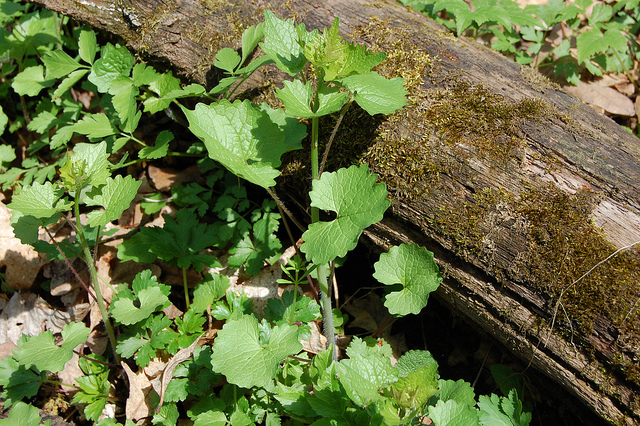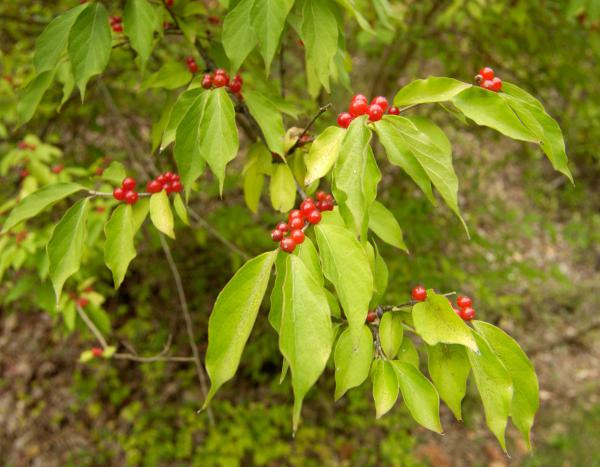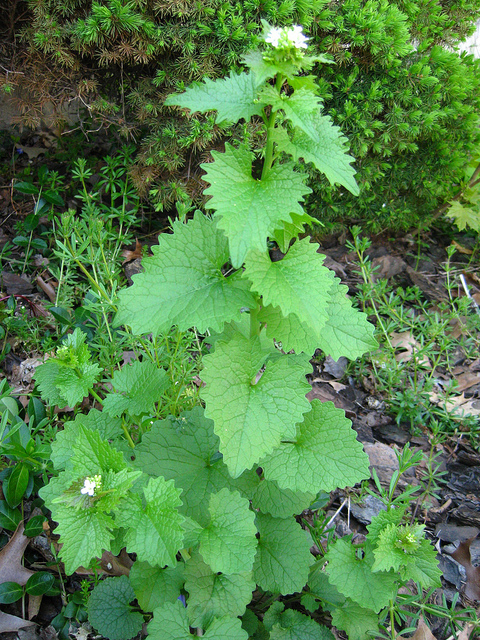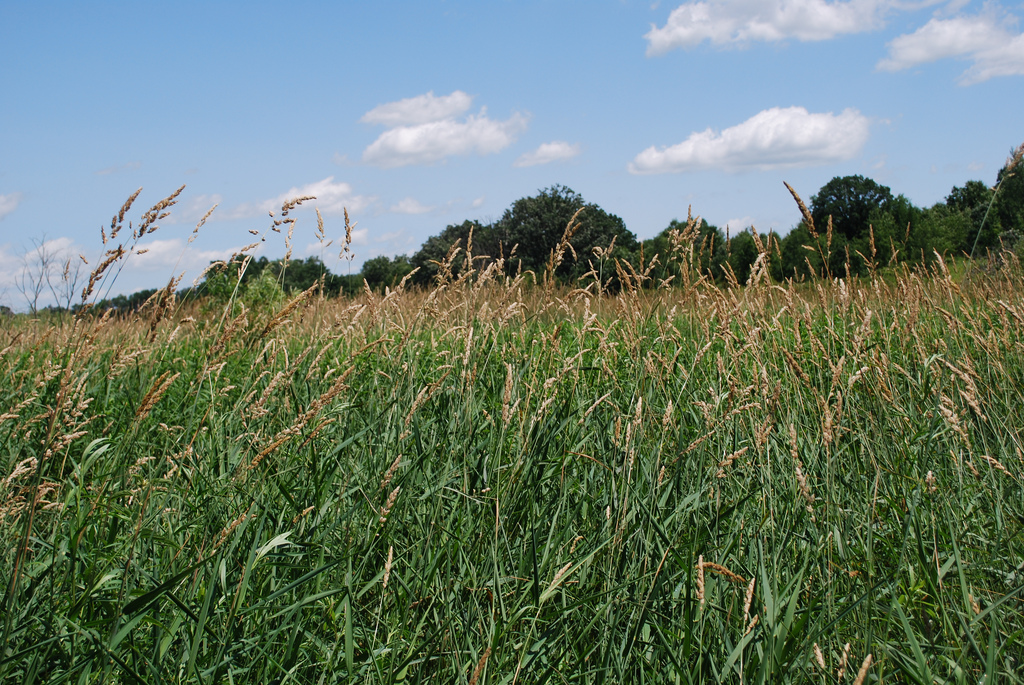5 of Iowa's most invasive species (and how to get rid of them)
Posted on April 27, 2016 in Blog

Invasive plant species are like the common cold: They’re easily caught, undesirable and if left untreated, can lead to something much more serious. Across Iowa, a variety of species threaten our native ecosystems. These weeds dominate and choke out wild and native plants, leading to less diverse native natural areas.
The following are five of the most common and threatening invasive species in Iowa.

Bush Honeysuckle
Identification: Often six to 15 feet tall with egg-shaped leaves, short stalks, reddish/orange berries and pink or white flowers.
Threat: The shrubs’ large size creates a dense layer that can shade out native plants. The invasive shrub is most commonly found on the edge of and within woodlands, pastures and other upland habitats.
Removal: Full grown plants will likely need to be cut and the stump treated with herbicide to prevent resprouting. Another successful method is foliar spraying leaves with herbicide in the fall, as honeysuckle leaves tend to stay green much later than our native shrubs.
Garlic Mustard
Identification: Characterized by small, white, four-petaled flowers and a distinct garlicky odor when crushed.
Threat: Garlic Mustard is one of Iowa’s most prolific invasives. The species has no natural predators or diseases, and it spreads rapidly, threatening to dominate woodland areas and crowd out native plants. A single plant can contain hundreds of seeds. The species thrives in shaded areas, including forests, shrublands and along trails, streams, roads etc.
Removal: The best method for removal depends on the time of year. For smaller areas, hand pulling the weed is best done between March and May. Spot spraying with herbicides works well in late fall or early winter while prescribed burns should be done in the spring to set back or hinder the plant’s growth. Stay away from the plants between July and October, as the plant is seeding at this time and any interaction may spread more seeds.
European Buckthorn![buckthorn]](/webres/Image/blog/Buckthorn-300x225.jpg)
Identification: Up to 22 feet tall, this shrub features grayish/brown bark, yellow-green flowers and clusters of small black fruits.
Threat: Buckthorn trees often create a dense thicket that crowds out native species. In fire-adapted plant communities, such as savannas and prairies, the lack of vegetation beneath the shrub prevents fire progression. Buckthorn is often in lightly shaded areas, such as open woodland areas, prairies and open field edges.
Removal: A variety of methods can be used to remove the shrub, including cutting and applying herbicides to the exposed stump. Prescribed burns can set back small, young plants, but will not kill them. Hand pulling young plants and basal bark treatment can be effective.
.jpg) Multiflora Rose
Multiflora Rose
Identification: Thorny shrub with arching stems, fragrant white or pink flowers and bright red rose hip fruits.
Threat: Dense concentrations of multiflora rose can create thickets that completely exclude native plants. Typically found in woodlands, along forest edges, pastures, savannas and prairies.
Removal: Small plants can be removed by hand. Mature plants can be cut and stem treated with herbicide. Foliar spraying at certain times of the year can be effective, while basal bark treatment has also proven to be successful. Prescribed fire has potential to top-kill or hinder the plant’s growth but will not completely eradicate the plant.
Reed Canary Grass
Identification: Large, coarse grass that can grow to be four feet tall.
Threat: Reed Canary Grass has creeping roots that can spread extensively. The species often invades wetlands, marshes and other wet areas, but they can occasionally tolerate mesic to dry soils.
Removal: The invasive is often times very difficult to control. Grass-selective herbicide can be effective, but it may require multiple treatments. Increasing native plant diversity and competition by adding relevant species such as prairie cordgrass and native sedges can also be successful.
For more information about these species and other invasives in Iowa, check out the Iowa DNR’s guides.
Looking to learn more about invasive species? Contact Land Stewardship Director Ryan Schmidt at rschmidt@inhf.org or 515-288-1846, ext. 13.
Photos courtesy of the Missouri Department of Conservation, the U.S. Forest Service and Joshua Mayer.